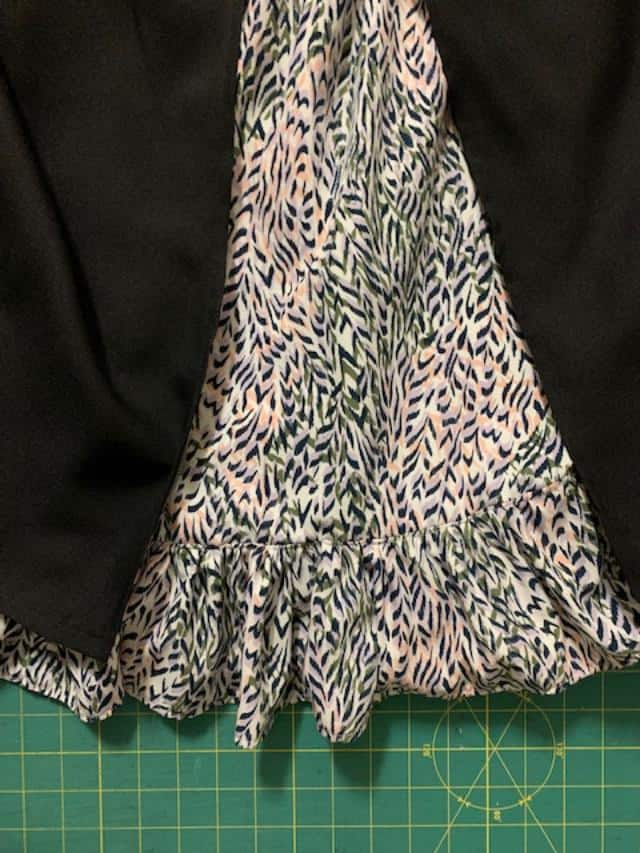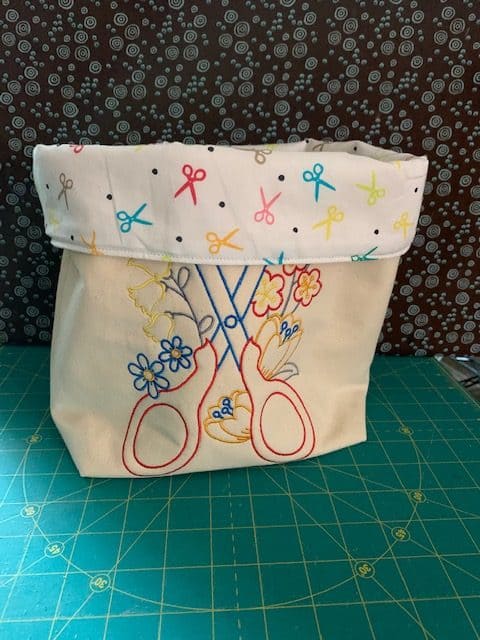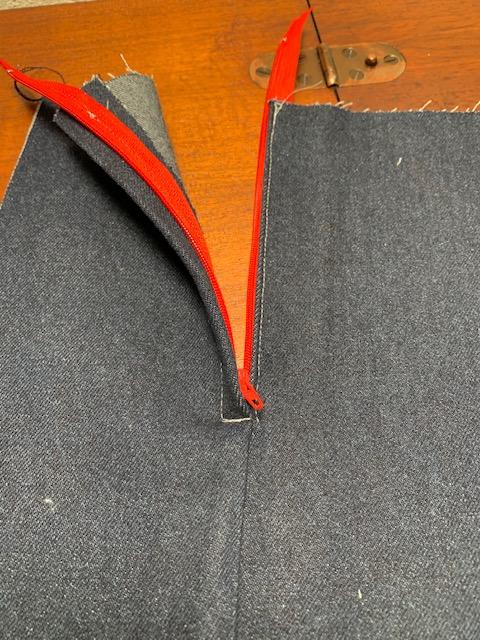How To Hem Clothes With A Sewing Machine
One of the final finishing steps applied to a garment is the hem. Let’s learn how to hem clothes with a sewing machine. Whether the garment is created from knit or woven, you will need to hem the final product. Nothing screams unfinished like an unhemmed garment.
What Is the Best Stitch For Hemming
The best stitch for hemming depends on the fabric type that is being hemmed. If you are hemming stretchy knits, choose a stitch that will stretch with the fabric as it moves.
Zigzag or a stretch stitch works wonderfully on knits. Another alternative is hemming with a twin needle. Using two spools of thread and a twin creates two lines of straight stitching on the front of the garment and a zigzag stitch on the back.
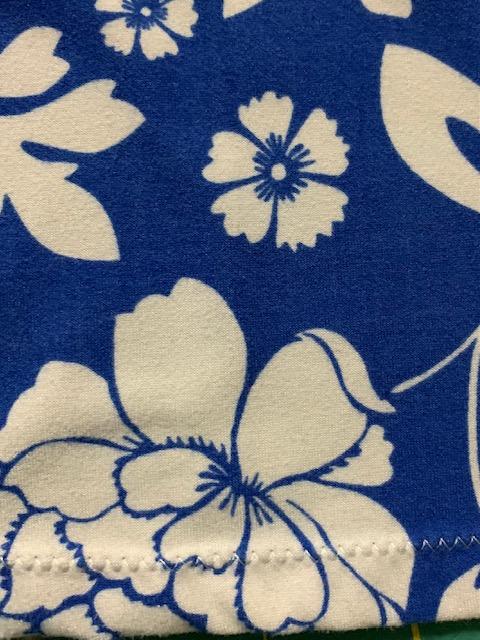
This stitch gives the illusion of a coverstitch without actually using one. If you have the luxury of owning a coverstitch machine, this is an excellent tool to use for all your hemming needs.
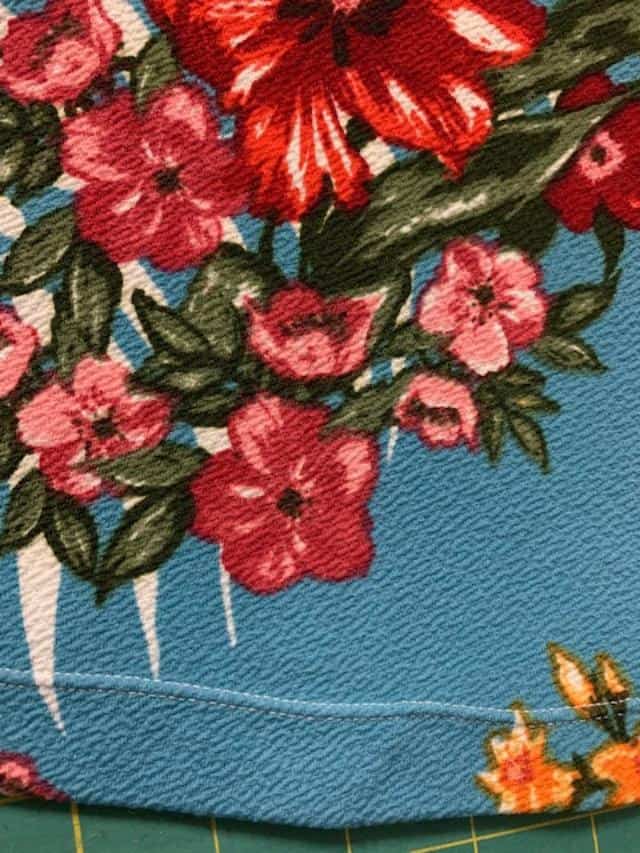
A blind hem stitch is perfect for hemming trousers, dresses or even curtains. This stitch is practically invisible on the wrong side of the fabric and mimics hand hemming.
Can You Hem With A Straight Stitch
When hemming wovens items, a straight stitch is by far the best stitch to complete the job. Additionally, if you are using a stable knit like ponte, scuba or liverpool, you can get away with using a straight stitch on the hem.
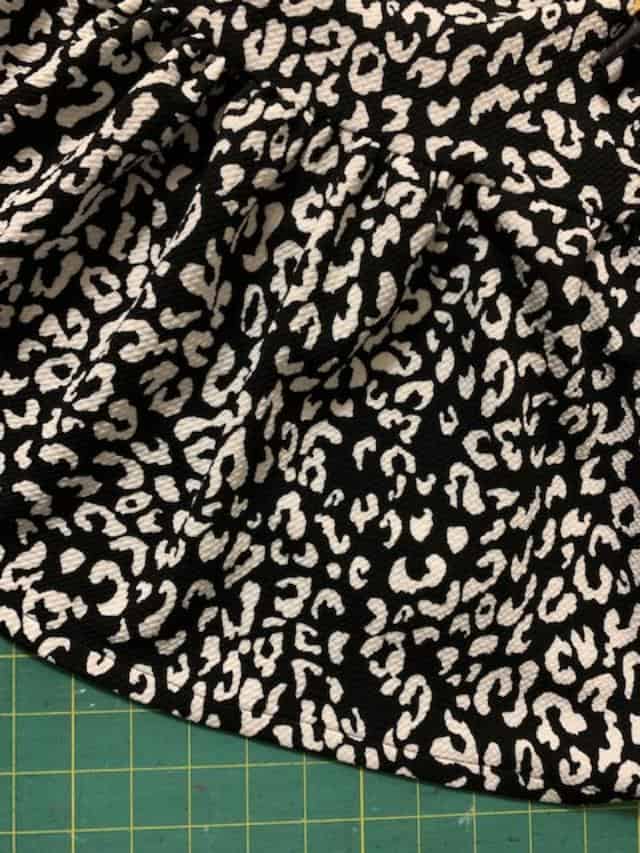
Basic Hems
The most common hem techniques to learn are the single turned hem, double turned hem and a rolled hem.
Single Turned Hem
A single turned hem can be used on either woven or stable knit. For wovens, you will need to finish the raw edge before you can proceed.
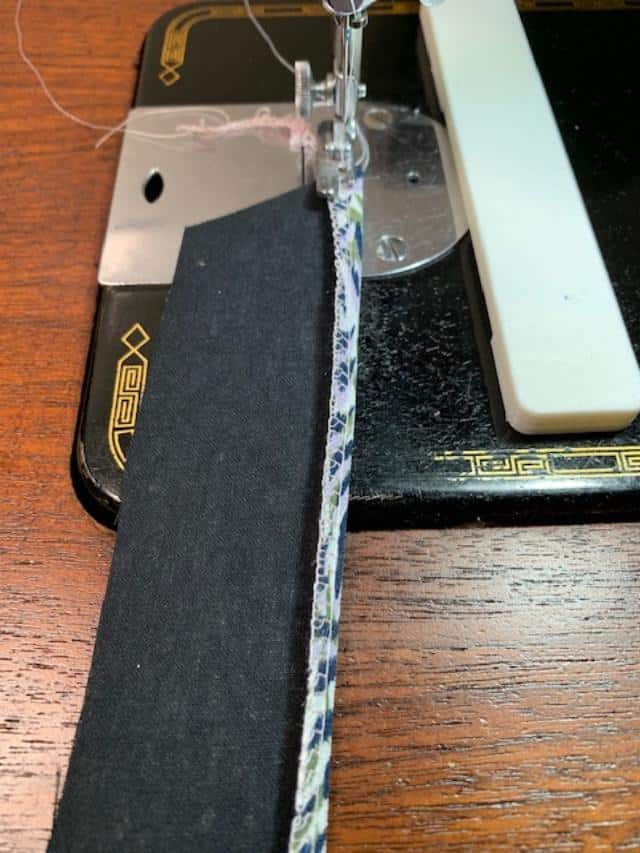
With the wrong sides of the garment facing out, turn the hem upwards with wrong sides facing each other for the desired hem allowance.
Press the hem to flatten and keep it in place for sewing. Sew the hem and press once more to lock the stitches in place.
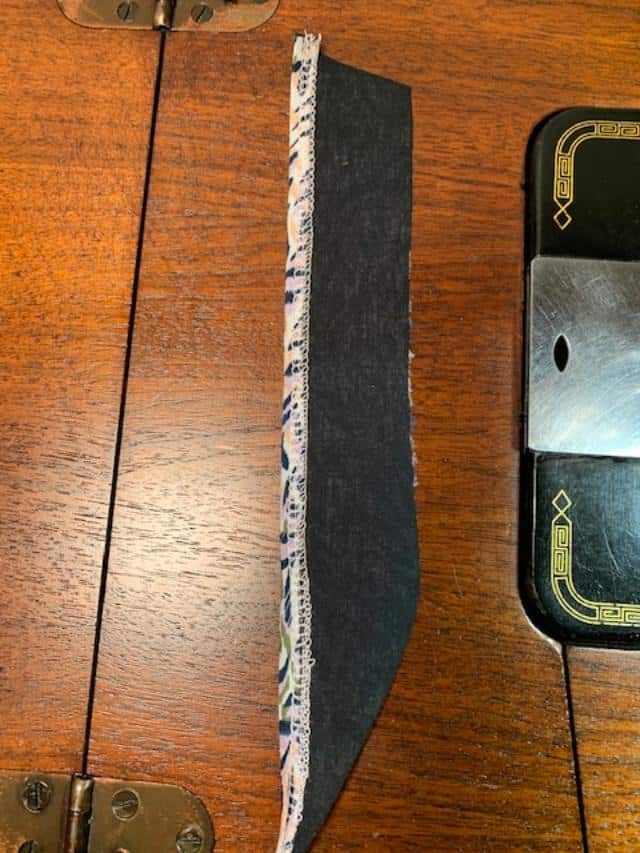
As some knits do not press well, you can either use pins or use washaway wonder tape to keep the hem in place. The hem can now be sewn using either a zigzag stitch, a double needle or using a coverstitch machine. Press the hem once more.
Double Turned Hem
A double turned hem is a simple hem finish that is often used on medium to heavy weight fabric. Again with the fabric wrong side out, fold the hem so that it is wrong sides together with a small seam allowance.
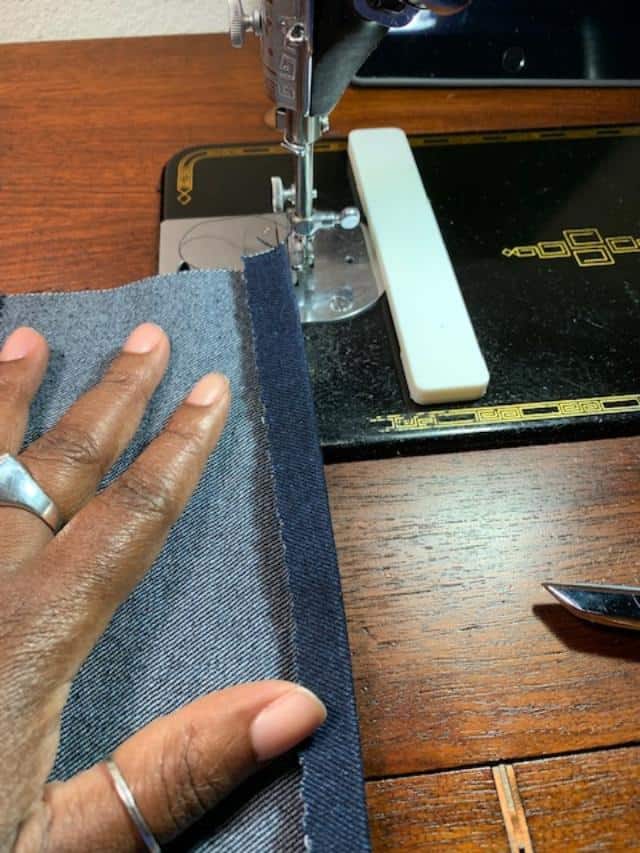
Press all the way around the hem until you get back to the starting point. You will fold them up again for pressing with a larger seam allowance. This will completely cover the initial pressed fold.
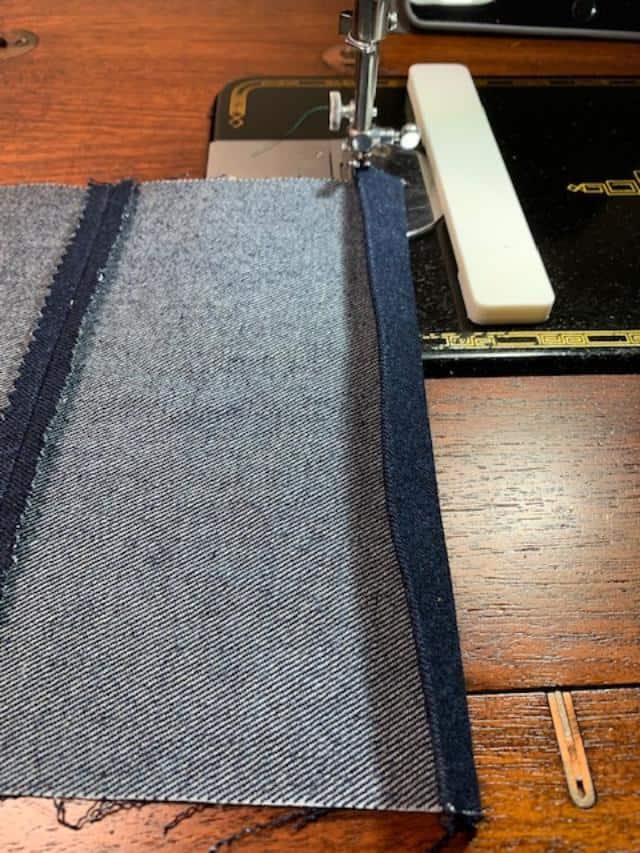
Medium and heavy weight woven typically hold a good hem but feel free to pin in place before you begin stitching. You will stitch the hem down using a straight stitch ⅛” away from the folded edge.
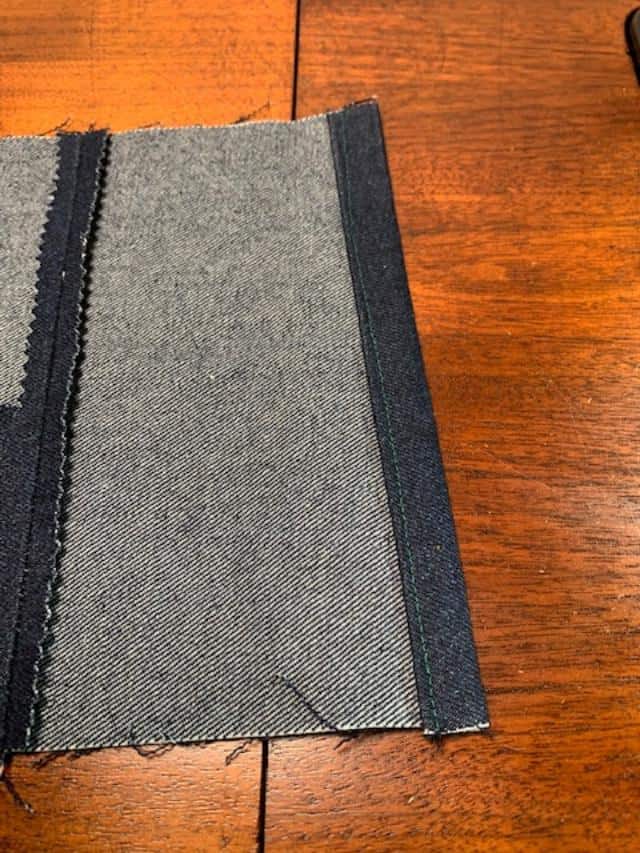
Rolled Hem
When hemming lightweight or delicate fabric, you can sew a rolled hem on the sewing machine with help of the rolled hem foot. This technique produces a neat narrow hem that fully emcompasses all raw edges as the rolled hem is a tiny double turned hem.
Be warned though because while the finished product is a gorgeously tiny hem, it is a technique that takes time to master. Specifically, it takes time to get the fabric to cooperate at the beginning and fold the way you want it to.
The easiest way to get it started is to manually fold the fabric before inserting it into the groove of the rolled hem foot.
Can You Hem Pants Without A Sewing Machine
You can definitely hem a pair of pants or any woven garment without a sewing machine. You can use any number of hand stitches to hem including slip stitch, catch stitch, blind hem stitch or a fell stitch. Hand sewn hems will be addressed in a future post.
Conclusion
Now that you know how to hem clothes with a sewing machine, which hem technique is your favorite? Which one will you try next? Happy sewing!

